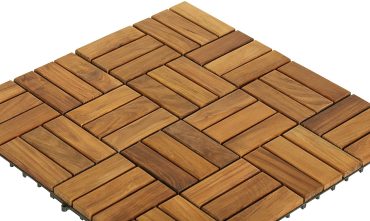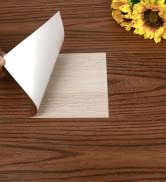Using wood flooring to create illusions in small spaces is a clever interior design technique that can visually enhance the perceived size of a room. Here are some ideas to consider:
- Diagonal or Herringbone Pattern: Installing wood planks diagonally or in a herringbone pattern can elongate the visual lines of the room. This creates a sense of depth and movement that can make the space feel larger.
- Lighter Wood Tones: Opt for lighter shades of wood, such as light oak or maple. Light colors reflect more light and can make the room feel more open and airy.
- Wide Planks: Choosing wider planks can help reduce the number of seams in the flooring, giving the illusion of a larger expanse of space.
- Vertical Installation: If the room has low ceilings, consider installing the wood planks vertically on the walls. This draws the eye upwards and creates the perception of higher ceilings.
- Mirroring: If your space has a focal point, like a large window or a beautiful view, consider mirroring the wood flooring to create the illusion of continuity between the indoor and outdoor spaces.
- Avoid Borders: Using the same wood flooring throughout the entire space, including transitions between rooms, eliminates visual interruptions and makes the area feel more cohesive and spacious.
- Reflective Finishes: Choose wood with a slightly glossy or satin finish. This can reflect light and create a more expansive feel.
- Incorporate Mirrors: Placing mirrors strategically across from windows or in places where they can reflect the wood flooring will visually extend the space.
- Minimalist Furniture: Opt for furniture with clean lines and legs that allow you to see more of the wood flooring underneath. This reduces visual clutter and gives the illusion of more floor space.
- Vertical Accents: Use vertical design elements like tall bookshelves or vertical artworks to draw the eye upwards, making the room appear taller and more spacious.
- Consistent Color Palette: Coordinate the color of your wood flooring with the rest of the room’s color palette. This helps create a harmonious flow that can make the space feel more open.
- Declutter and Organize: Keeping the space clutter-free and well-organized will naturally make it feel more open and spacious.
Remember that while these design strategies can help create the illusion of space, the actual physical dimensions of the room won’t change. It’s about utilizing design elements to manipulate the perception of space within those dimensions.















